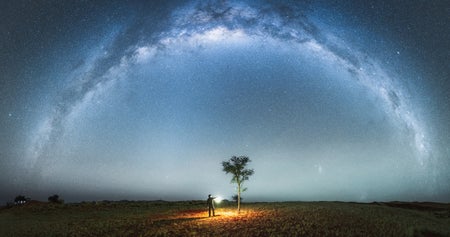
Do We Live in a Haunted Galaxy?
Huge eruptions from the Milky Way’s supermassive black hole in the distant past may have sterilized much of the inner galaxy
Phil Plait is a professional astronomer and science communicator in Virginia. His column for Scientific American, The Universe, covers all things space. He writes the Bad Astronomy Newsletter. Follow him online.

Do We Live in a Haunted Galaxy?
Huge eruptions from the Milky Way’s supermassive black hole in the distant past may have sterilized much of the inner galaxy
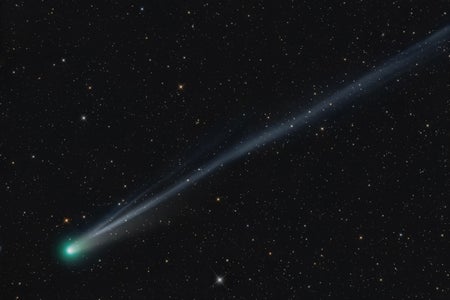
Why Do Some Comets Dazzle While Others Fizzle?
A comet’s brightness depends on how it’s made, how and when we see it, and even a bit of unpredictable luck
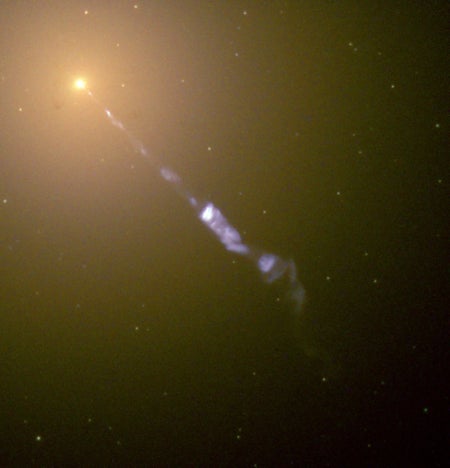
When a Galaxy Erupts, What We See Depends on How We See It
Voracious supermassive black holes light up the cores of “active” galaxies across the universe. How we see them, however, is a matter of perspective
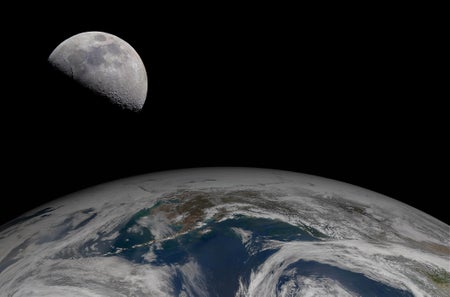
How to See the Earth and Moon from Mars
If you pick the right time, our home world and our moon could be easily visible from the Red Planet
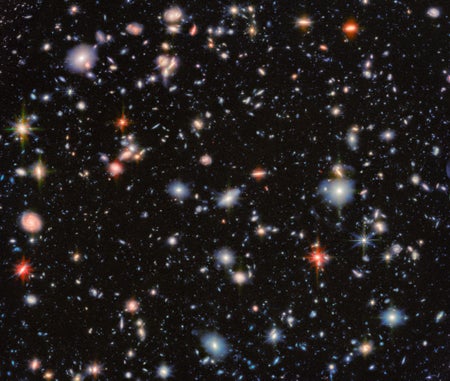
Faster-Than-Light Galaxies Are a Fact of Life in Our Expanding Universe
When space itself expands, weird things can happen—like galaxies breaking the universe’s ultimate speed limit
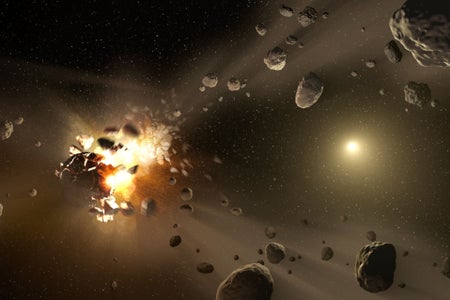
Asteroid ‘Families’ Reveal Hidden Histories and Impact Risks across the Solar System
Many asteroids are related, but their family trees can be hard to trace
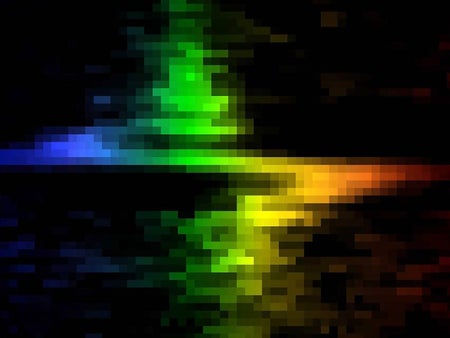
How Do You Weigh a Black Hole?
Gauging the mass of a black hole is tricky, but astronomers have devised multiple methods to measure the heft of these galactic gluttons
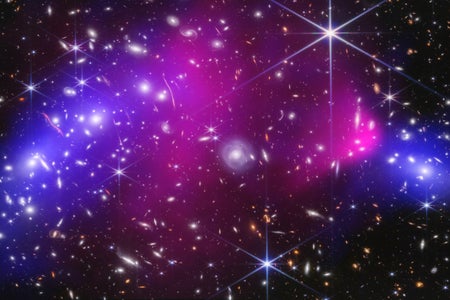
Mesmerizing New JWST Image Sharpens Our View of Dark Matter’s Intergalactic Playground
A swarm of galaxies called the Bullet Cluster is the biggest, best natural laboratory for studying dark matter that astronomers have ever seen
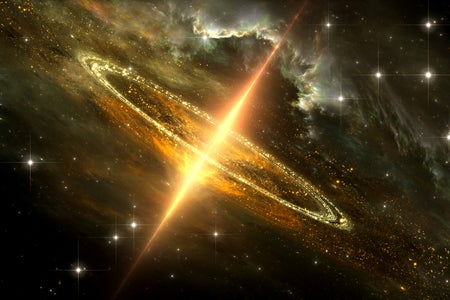
How Big Can a Black Hole Be?
Some black holes get extremely massive. Is there an upper limit to their growth?
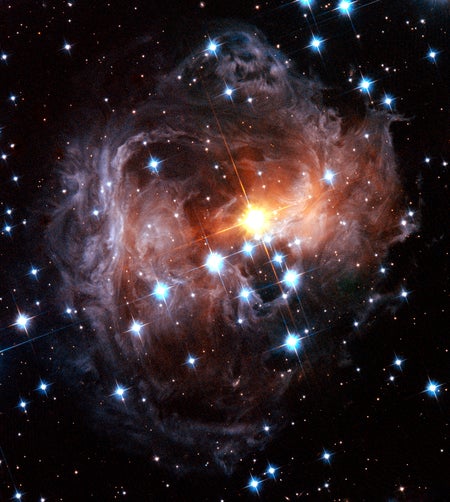
How to See Faster-Than-Light Motion
Superluminal velocities are common but illusory
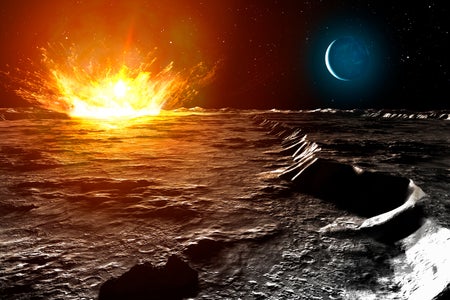
If This Asteroid Hits the Moon, Watch for Shooting Stars and Stricken Satellites
The 60-meter asteroid 2024 YR4 has a 4 percent chance of hitting the moon. Could such a lunar collision create a dangerous new meteor shower?
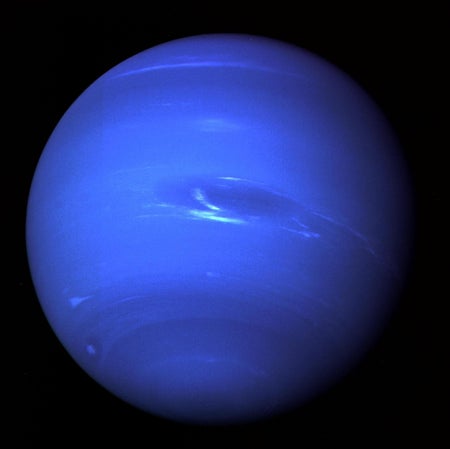
One Year after Scientific American’s First Issue, the Solar System Grew by a Planet
Neptune’s discovery was a race that ended not long after this magazine came to be
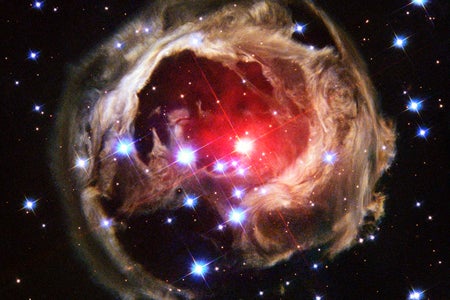
Echoes of Light Illuminate the Cosmos
Bizarre phenomena called light echoes create strange, shifting shapes seen in some telescopic images and help astronomers chart the heavens above
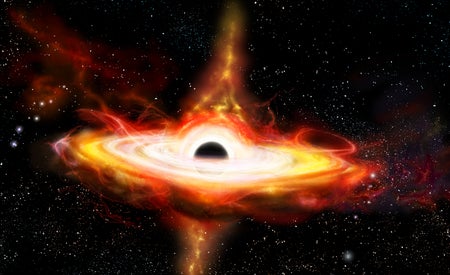
The Physics of Spinning Black Holes Explained
Scientists are uncovering how spinning black holes launch jets, warp spacetime and shape the cosmos
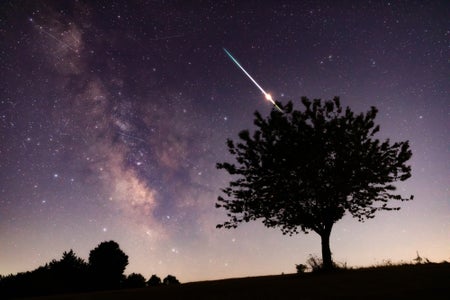
The Sky Is Falling—From Another Star
Astronomers think small space rocks from beyond our solar system routinely strike Earth—but proving it isn’t easy
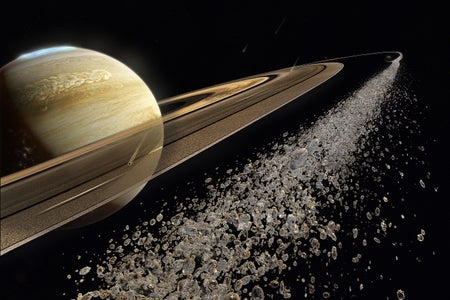
Can You Drink Saturn’s Rings?
It’s certainly possible to consume water sourced from the icy rings of Saturn, but doing so safely may require extra steps
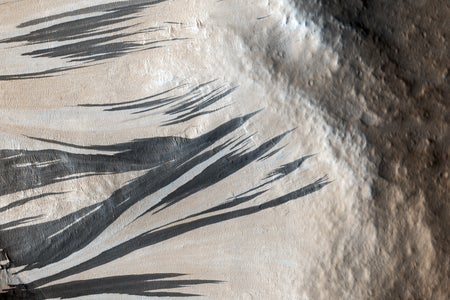
Mars ‘Water’ Streaks Could Just Be Dust
A new global overview of Mars suggests dust, rather than water, is the source of mysterious streaks there
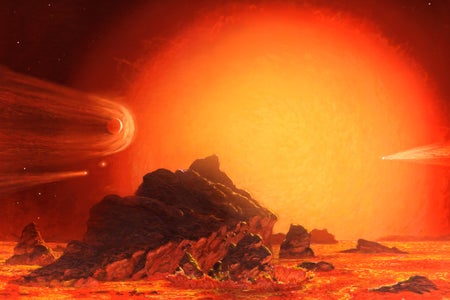
When the Sun Becomes a Red Giant, Will Any Planet Be Safe?
The future is bright—too bright—for life as we know it once the sun transforms into a red giant star
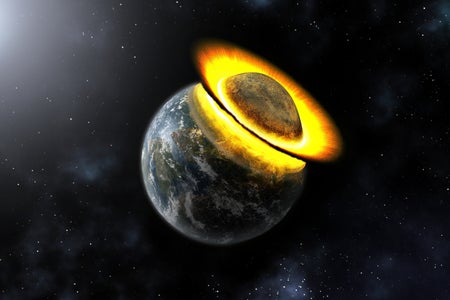
How a Passing Star Could Oust Planets from the Solar System
Close stellar encounters could change the structure of our planetary system, potentially dooming Earth or other worlds to oblivion
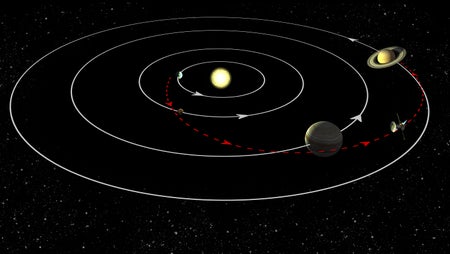
How Does a Gravitational Slingshot Work?
Spacecraft can get a significant boost by stealing energy from planets
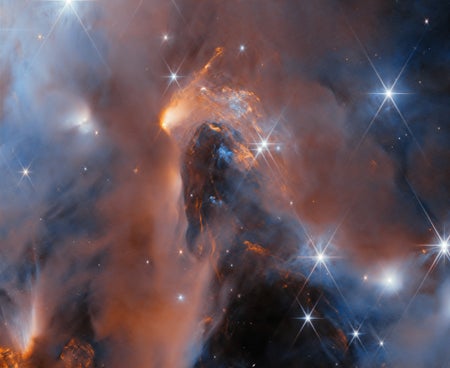
This New Map of Nearby Stars May Solve a Cosmic Mystery
A near-complete census of our interstellar neighborhood hopes to answer how stars, brown dwarfs and rogue planets form throughout the universe
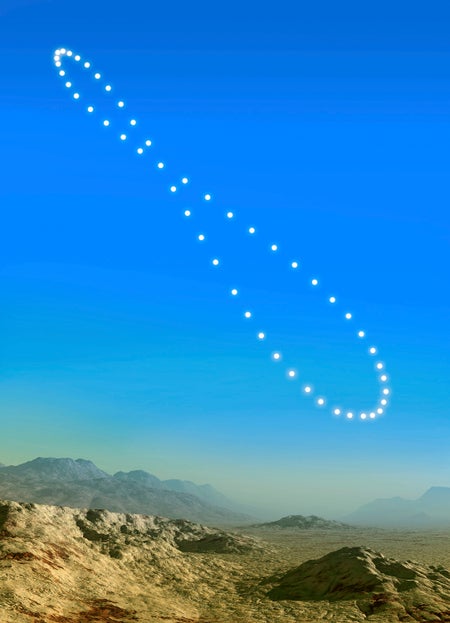
This Is Why the Sun Makes a Figure Eight in the Sky
A curious celestial phenomenon known as the analemma is a reflection of Earth’s orbit and tilted axis
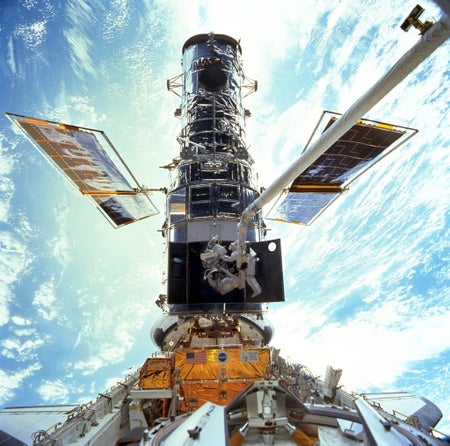
Why Do We Launch Space Telescopes?
Telescopes in space give us a view we literally cannot get from the ground
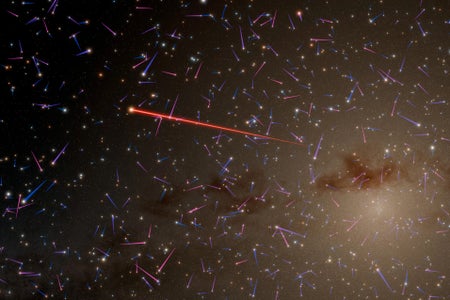
Hypervelocity Stars Hint at a Supermassive Black Hole Right Next Door
Some stars streaking through the Milky Way at millions of kilometers per hour probably trace back to a supermassive black hole in a neighboring galaxy